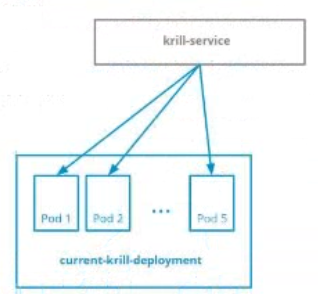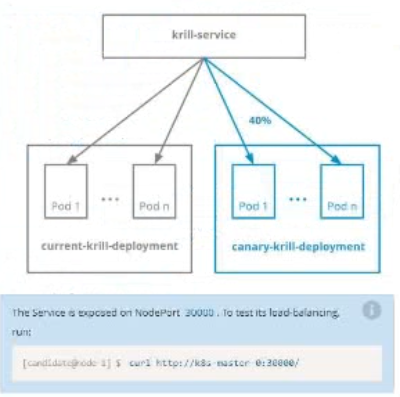
Get Linux Foundation CKAD Exam Dumps
Linux Foundation Certified Kubernetes Application Developer Exam Dumps
This Bundle Pack includes Following 3 Formats
Test software
Practice Test
Answers (PDF)

CKAD Desktop Practice
Test Software
Total Questions : 33

CKAD Questions & Answers
(PDF)
Total Questions : 33

CKAD Web Based Self Assessment Practice Test
Following are some CKAD Exam Questions for Review
Refer to Exhibit.

Task:
A Dockerfile has been prepared at -/human-stork/build/Dockerfile
1) Using the prepared Dockerfile, build a container image with the name macque and lag 3.0. You may install and use the tool of your choice.

2) Using the tool of your choice export the built container image in OC-format and store it at -/human stork/macque 3.0 tar
Refer to Exhibit.

Task:
The pod for the Deployment named nosql in the craytisn namespace fails to start because its container runs out of resources.
Update the nosol Deployment so that the Pod:
1) Request 160M of memory for its Container
2) Limits the memory to half the maximum memory constraint set for the crayfah name space.

Refer to Exhibit.

Context
You are asked to prepare a Canary deployment for testing a new application release.
Task:
A Service named krill-Service in the goshark namespace points to 5 pod created by the Deployment named current-krill-deployment

1) Create an identical Deployment named canary-kill-deployment, in the same namespace.
2) Modify the Deployment so that:
-A maximum number of 10 pods run in the goshawk namespace.
-40% of the krill-service 's traffic goes to the canary-krill-deployment pod(s)

Refer to Exhibit.

Task:
Update the Pod ckad00018-newpod in the ckad00018 namespace to use a NetworkPolicy allowing the Pod to send and receive traffic only to and from the pods web and db

Refer to Exhibit.

Task:
Modify the existing Deployment named broker-deployment running in namespace quetzal so that its containers.
1) Run with user ID 30000 and
2) Privilege escalation is forbidden
The broker-deployment is manifest file can be found at:

Unlock All Features of Linux Foundation CKAD Dumps Software
Types you want
pass percentage
(Hours: Minutes)
Practice test with
limited questions
Support